Wild Hair Fiber Farm: Spinning to save sheep one smidgen at a time
interview by Jacqueline Harp | photos by Amanda Roberts
Creativity can come in small packages. Indeed, this is quite evident when you look at the whimsical, artisanal mini-batt called the Smidgen from Wild Hair Fiber Farm and Studio.
Handspinners from all walks of life and levels of handspinning proficiency enjoy spinning small projects that make just enough yarn for lovely fabrics that envelope our heads or hands with warm and fashionable accessories. The Smidgen helps inspire these small but meaningful spin projects, while contributing to the preservation of an endangered heritage breed sheep – the Romeldale/CVM.
Let’s take a look into the working sheep farm from which gorgeous fiber products are generated. Not only can you add Smidgens to your fiber toolbox, but by purchasing these mini-batts directly from the farm, you can also help maintain critical diversity of sheep breeds.
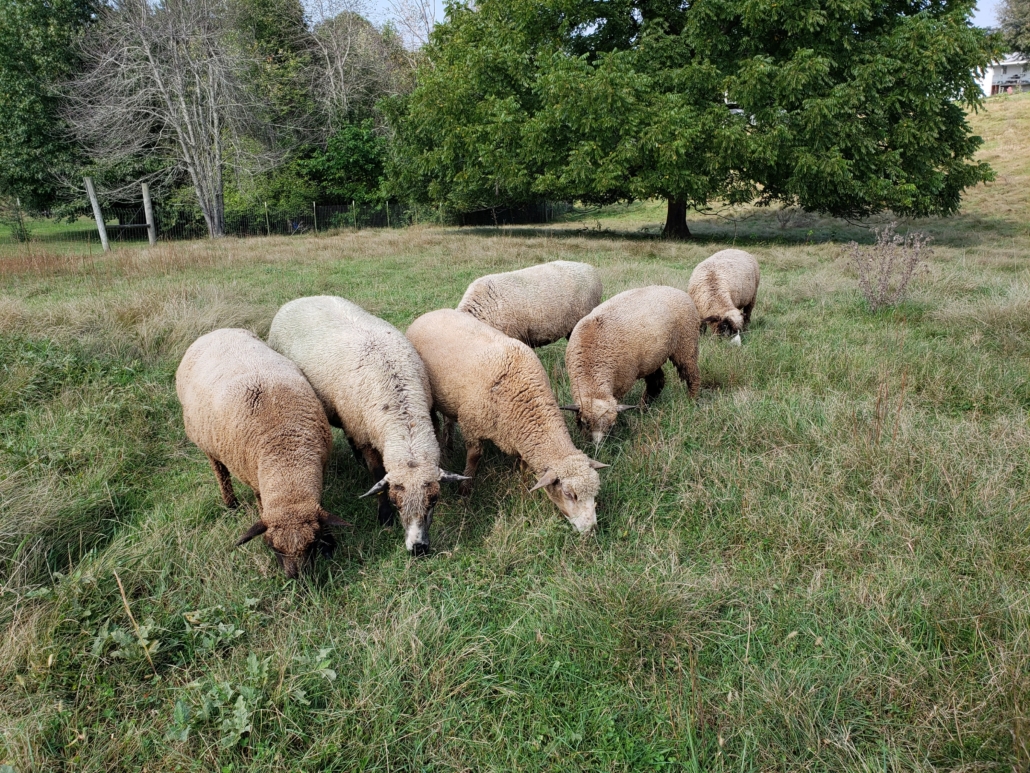
Meet the shepherdess
Amanda Roberts is the shepherdess and fiber artist behind Wild Hair Farm and Fiber Studio, located in the scenic countryside of Crossville, Tennessee. She maintains a small flock of two sheep breeds, Romeldale/CVM and Gotland. The Romeldale/CVM is a heritage sheep breed listed by the Livestock Conservancy as “Threatened,” which means a breed with fewer than 1,000 annual registrations in the United States and an estimated global population of less than 5,000.
Amanda: My granddaddy got me my first sheep in 1991 as a 4-H project. I was hooked. I fell in love with the sheep and we have had sheep on the farm ever since. I have always been very hands on and a part of the farm, but after my dad passed away in 2017, I took over as the main farm operator.
The Gotland sheep have been a recent addition to her flock due to her love of their fiber and their sweet dispositions. She notes that the two breeds complement each other by providing two very different fleece types.
Amanda: The Romeldale/CVM sheep fleeces come in every imaginable shade of grey and brown. This provides a fiber artist with a natural color palette. The wool also dyes well and provides rich tones. If I had to choose one thing about the Gotland fleeces, it is the luster. I am always impressed by the luster it adds to a fiber blend.
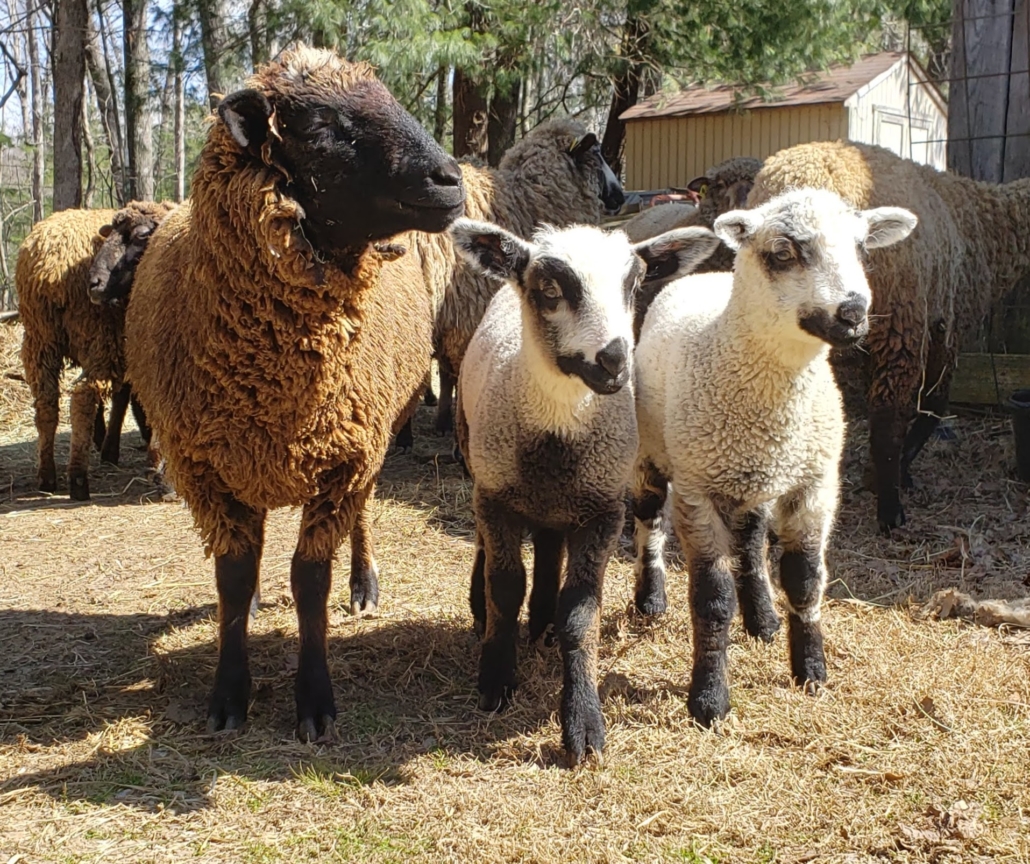
Care of the sheep
Amanda takes measures to keep her flock’s fleeces as clean as possible, but she does not coat any of her sheep.
Amanda: Keeping the fleeces clean is not perfect. I do skirt fleeces heavily. I have found that the weather plays a role in how much dirt and debris they pick up. Some individuals are just magnets for debris. That is one consideration I use in retaining breeding stock. A good example of this is Mattie. She is one of my older ewes but she consistently gives me a large fleece that is relatively free of vegetable matter and dirt. Her daughters have a tendency to do the same. I can’t explain exactly what fleece trait(s) equal a cleaner fleece, but some bloodlines seem to have ‘it’ and I do consider that when looking at replacement ewes.
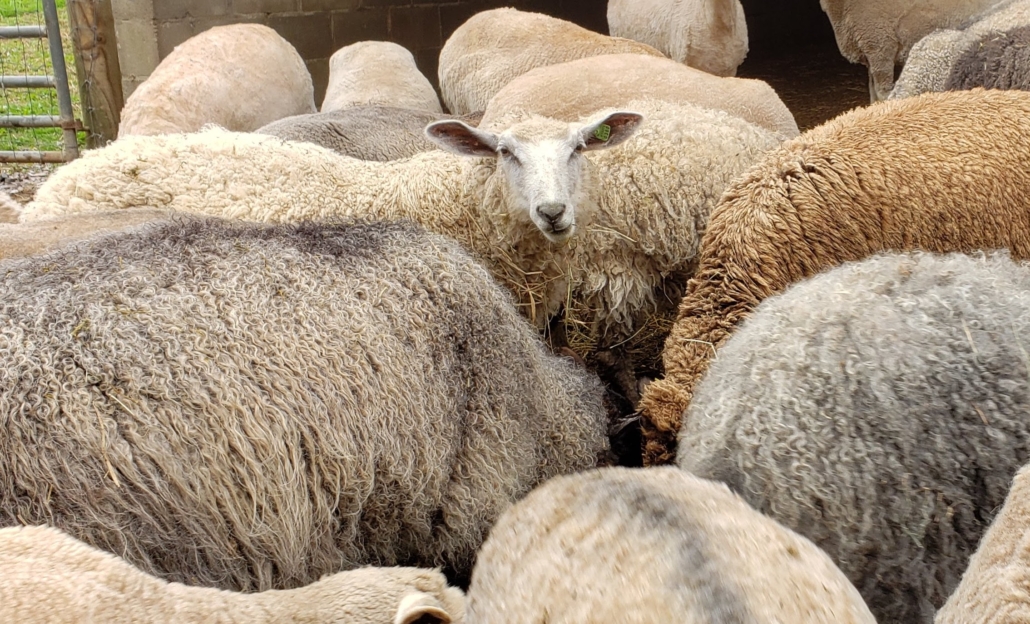
Her flock is excellently cared for, and this care is what makes Amanda’s fleece and fiber such a treat to work with.
Amanda: I try to let my sheep be as natural as possible. That doesn’t mean they are out in the field and never see a human. They are seen a minimum of twice per day. I know my girls (and boys) by name and most will let me walk out in the field and walk right up to them. This calm nature or whatever you want to call it makes everything easier for me and less stressful on them. If I need to catch one, it is not a rodeo – although there is always the occasional exception.
The studio
Amanda is not only the gracious shepherdess of her flock, but she is the handspinner and fiber artist who brings life and creativity to her studio. The studio allows Amanda to make rovings, batts, and Smidgens that feature the fiber from her flock. She is also a talented indie dyer of rovings and yarns.
Amanda: I put a lot of time and heart into my fiber preparation, whether on the hoof, on the skirting table, in the dye pot, or on the drum carder. I want to offer fiber that is exceptional and a joy to work with regardless of the project. I view spinning and felting as a tactile art, so how the fiber feels and works is important. My goal has always been to offer fiber that is versatile for spinning on different tools (wheel, drop spindle, or support spindle), lends itself to different spinning techniques or yarn gauges, and produces a finished yarn or item that is striking.
The Smidgens
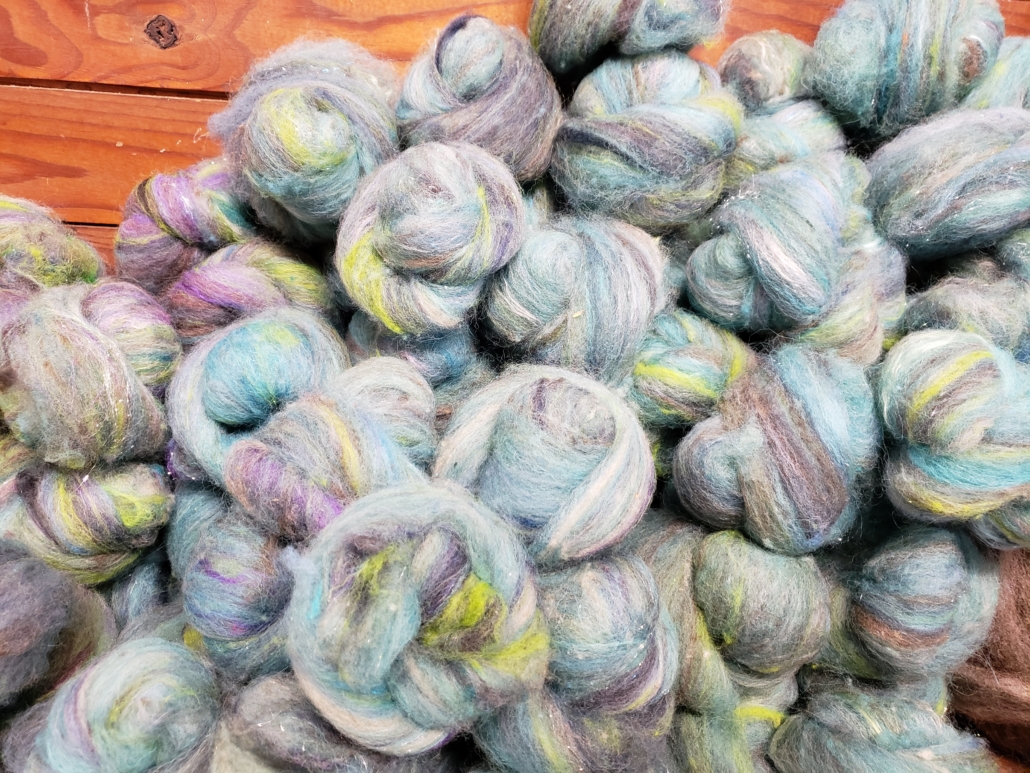
A Smidgen is Amanda’s special version of a mini-batt. It can be described as a little bundle of fluff in a tasteful blend of fibers and hues. It is a woolen prep full of energy and color ready to spin into beautiful yarns.
The birth of a Smidgen begins when Amanda finds inspiration from fantasy themes, books she has read, or a movie or show she has watched. She thinks about the colors and textures that will determine which fibers she uses. Her favorite fiber ingredient for Smidgens is Romeldale/CVM wool from her own flock. She also uses other wools and other types of fiber, such as bamboo or rose fiber. She weighs out her fibers, adjusting the ratios as needed, and cards them on her drum carder. Once Amanda feels that her Smidgens have been carded to just the right consistency, each batch is carefully taken off the drum carder and packaged to be sent to a new home.
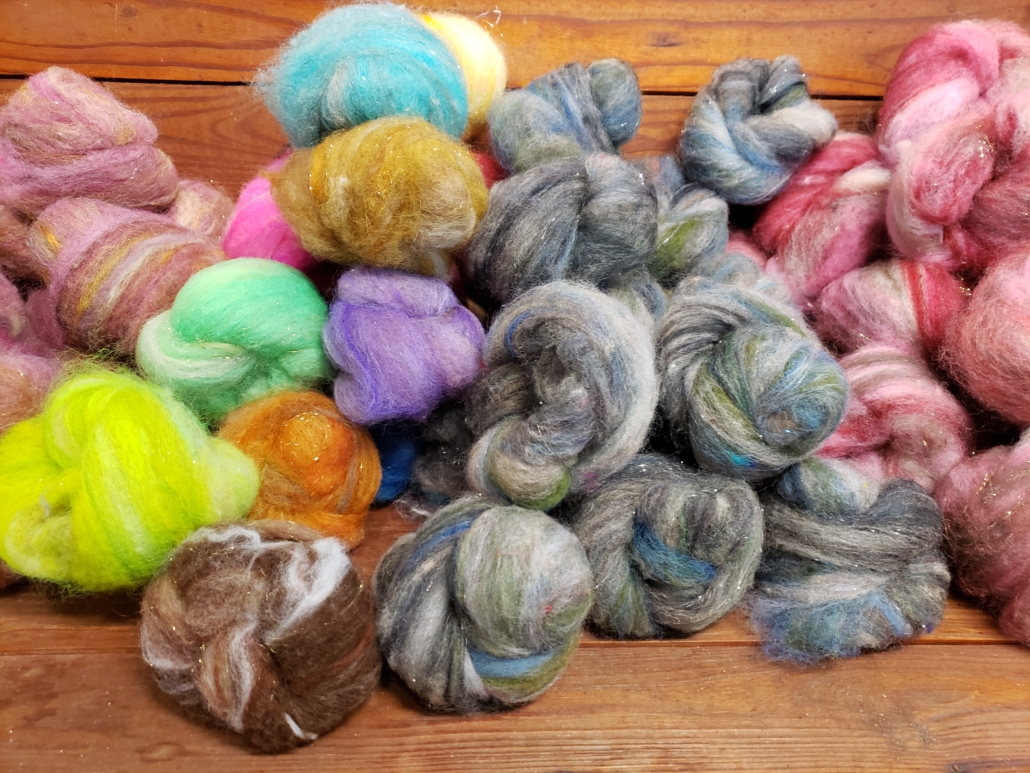
I asked Amanda to choose three words to describe her Smidgens, and she happily obliged with the following:
Fun – Smidgens are fun to make and fun to spin or felt.
Versatile – So many things can be done with Smidgens: spinning, felting, or decorating the studio; the list goes on and is limited only by your imagination.
Irresistible – Smidgens hold so much potential, and once you get one, you have to get a second, and a third, and so on!
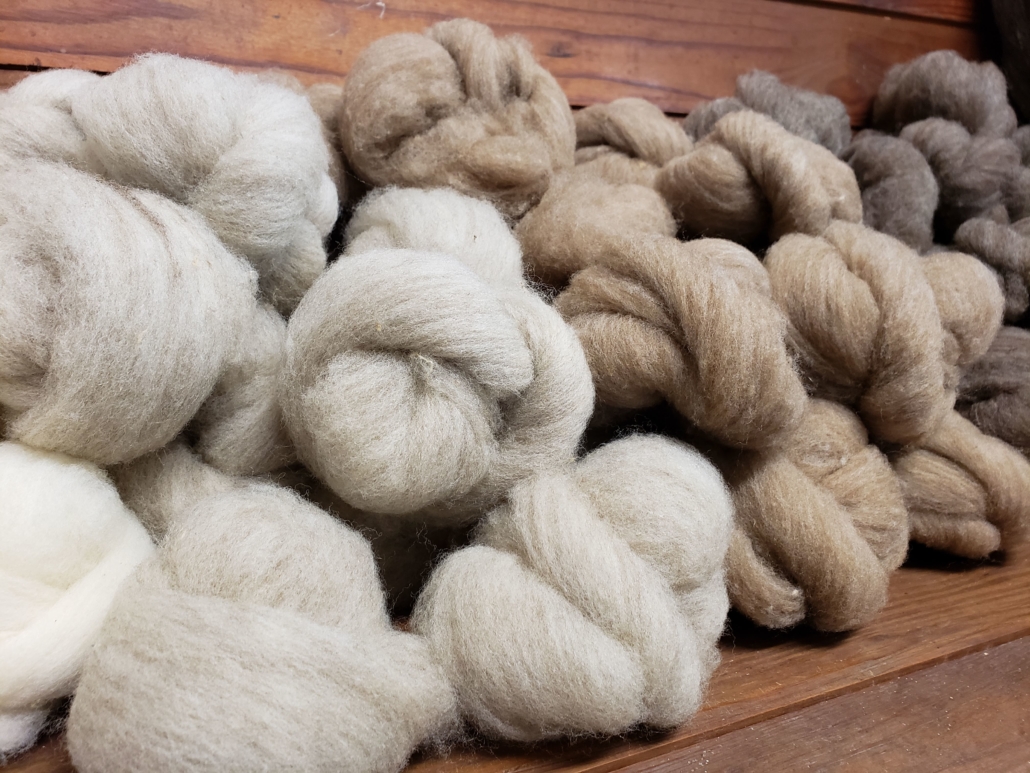
Conservation mission
To help bring awareness to her Romeldale/CVMs, Amanda and her flock participate in the annual Shave ’em to Save ’em (SE2SE) challenge hosted by the Livestock Conservancy (LC). The LC is a non-profit organization located in North Carolina, dedicated to the protection of livestock and poultry breeds vulnerable to extinction. The SE2SE program educates shepherds of rare sheep breeds on preparing fibers for sale and then connects those shepherds with fiber artists who have been encouraged to use those fibers.
Amanda: I feel that the SE2SE challenge is a great way to get fiber artists to try heritage breed wools. When we had in-person events it was surprising and somewhat discouraging to realize how many people have not heard of Romeldale/CVM sheep in my area.
Amanda provided a parting thought to handspinners looking to start their next head-and-hand spin project: Be willing to try new fibers. I love trying new fibers. I don’t always love them or even want to use them again, but I feel like it broadens my knowledge to try new things.
Bio
Jacqueline Harp is a freelance writer and multimedia fiber artist who spins, felts, weaves, crochets, and knits in every spare moment possible. She is also a certified Master Sorter of Wool Fibers through the State Univ. of N.Y. (Cobleskill) Sorter-Grader-Classer (SGC) Program. Her Instagram handle is @foreverfiberarts.
PLY Magazine believes that Black lives matter, as well as LBGTQI+ lives. Those most vulnerable and persecuted in our communities deserve our love and support. Please be good to each other.
Did you know we also have a monthly PLY newsletter? Sign up here!
Did you know we also have a monthly PLY newsletter? Sign up here!

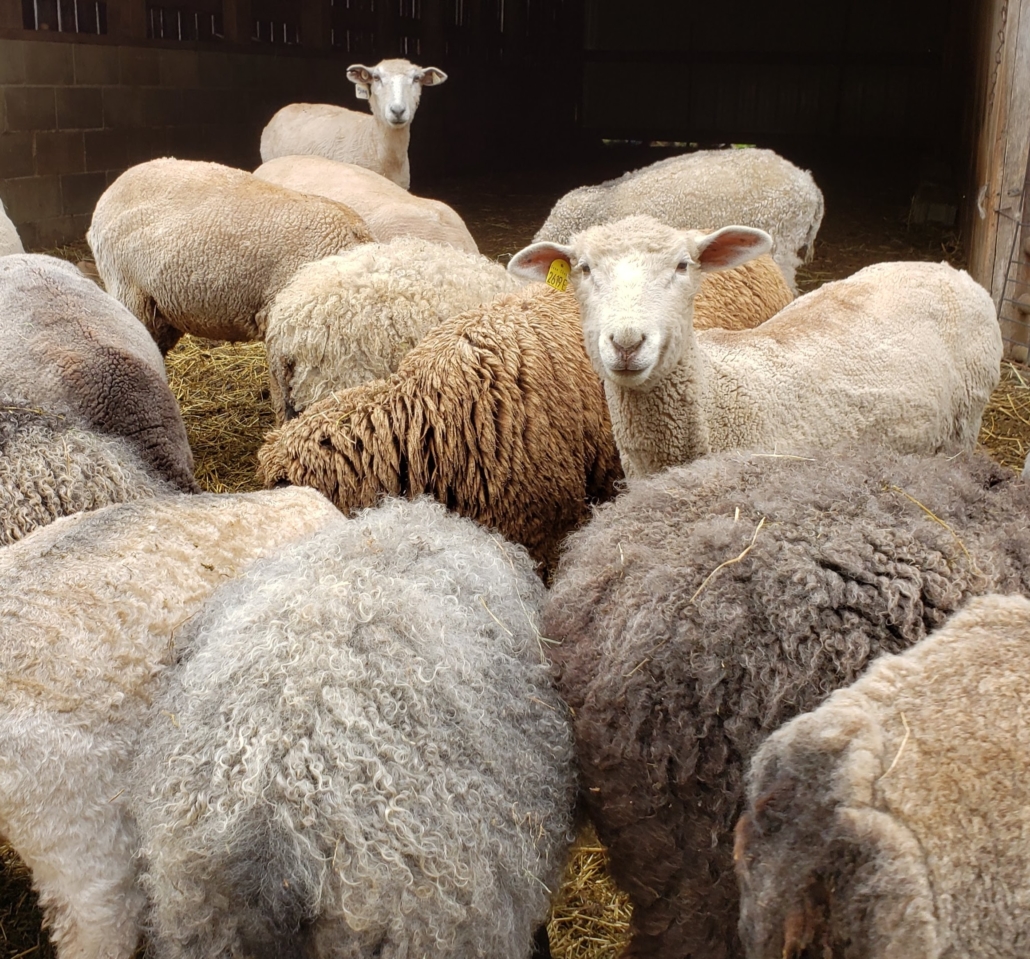
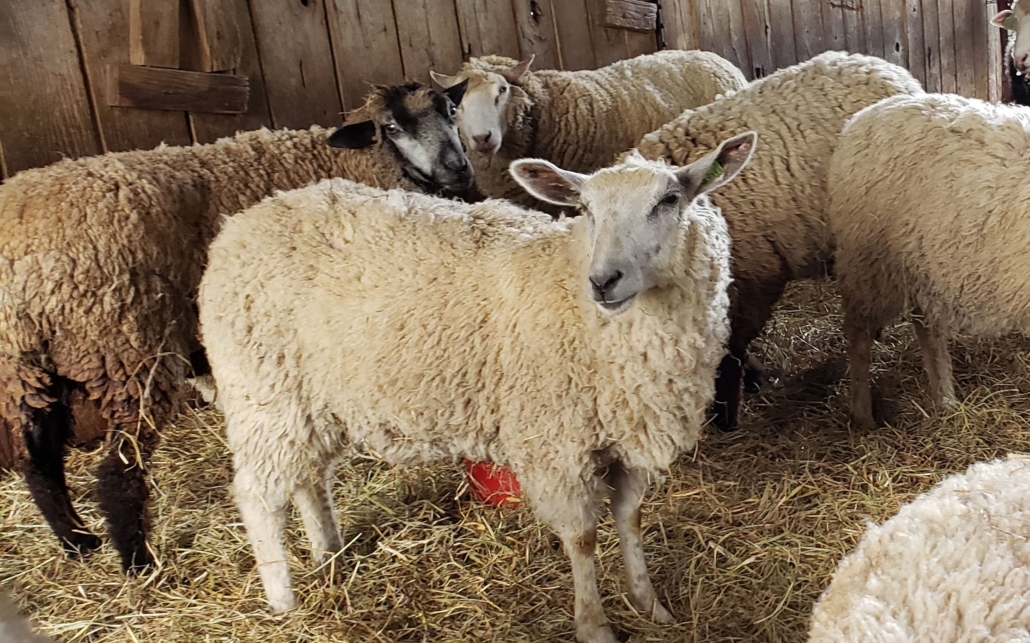
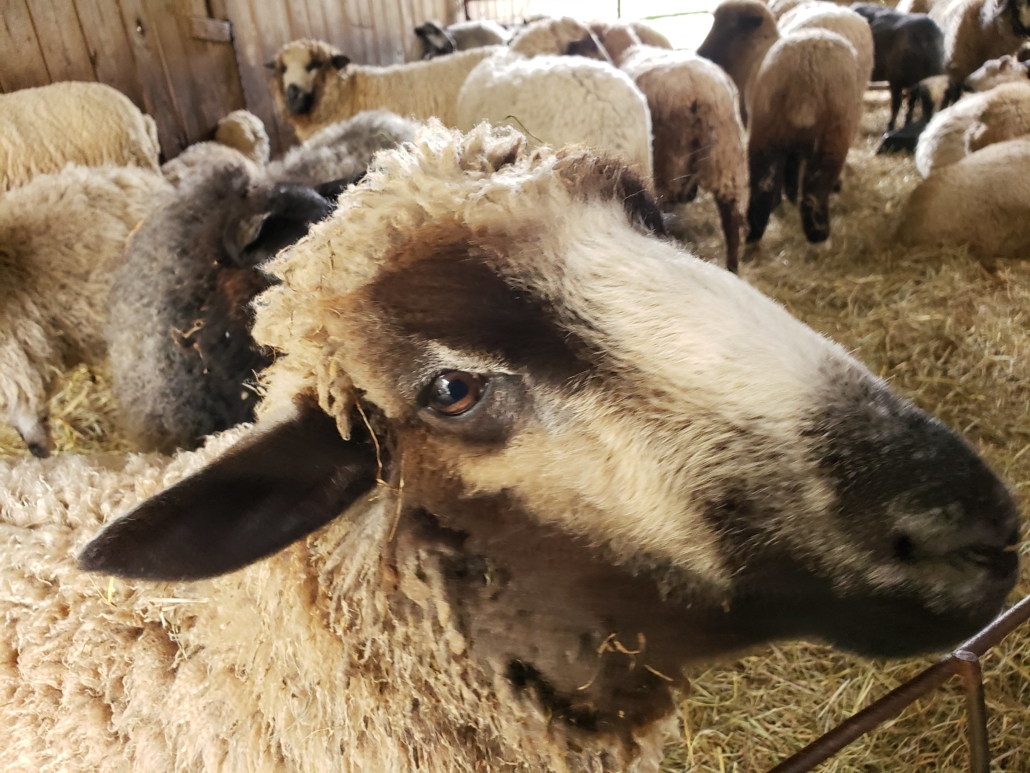
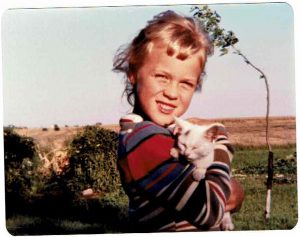 It is always interesting to hear how people got into the fiber arts for a career. My story is a long-ish and convoluted one. I grew up on a small homestead, and my mom raised orphan lambs, both to help with the endless lawn mowing and for some pin money. I got to help feed the bottle lambs. One summer, Mom went off to Siever’s School of Fiber Arts in Wisconsin and returned with a spindle and all kinds of plans for spinning and weaving. She established a flock of brown sheep and bought a spinning wheel and handcards. Her plans fizzled after the first lambing season – and the first giant felt donut she made in the washing machine – and when the ram came after my brother and me – but we still had orphan lambs every year from spring to fall. One year, she got them just in time for my Spring Break! (Because they are newborns, orphan lambs need to be fed every 4 hours around the clock the first week.)
It is always interesting to hear how people got into the fiber arts for a career. My story is a long-ish and convoluted one. I grew up on a small homestead, and my mom raised orphan lambs, both to help with the endless lawn mowing and for some pin money. I got to help feed the bottle lambs. One summer, Mom went off to Siever’s School of Fiber Arts in Wisconsin and returned with a spindle and all kinds of plans for spinning and weaving. She established a flock of brown sheep and bought a spinning wheel and handcards. Her plans fizzled after the first lambing season – and the first giant felt donut she made in the washing machine – and when the ram came after my brother and me – but we still had orphan lambs every year from spring to fall. One year, she got them just in time for my Spring Break! (Because they are newborns, orphan lambs need to be fed every 4 hours around the clock the first week.)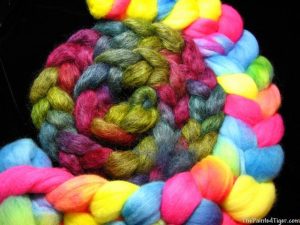 In the process of my research, I discovered the new indie dyer scene. I had enjoyed dyeing the scarves and ties and was ready to apply my knowledge to yarn – voila, Painted! I started selling on Ebay and Etsy and then launched ThePaintedTiger.com in 2008. I improved my childhood spinning skills and decided to dye fiber, too. In keeping with my business name, I specialize in handpainted colorways and enjoy making stripes and gradients on yarn and fiber. One of my favorite things to dye is for Tiger Club, my monthly yarn and/or fiber club, because I love to come up with new ways to put color on wool, and it gives me an excuse to try new fibers, as I try to offer a different one each month of the year.
In the process of my research, I discovered the new indie dyer scene. I had enjoyed dyeing the scarves and ties and was ready to apply my knowledge to yarn – voila, Painted! I started selling on Ebay and Etsy and then launched ThePaintedTiger.com in 2008. I improved my childhood spinning skills and decided to dye fiber, too. In keeping with my business name, I specialize in handpainted colorways and enjoy making stripes and gradients on yarn and fiber. One of my favorite things to dye is for Tiger Club, my monthly yarn and/or fiber club, because I love to come up with new ways to put color on wool, and it gives me an excuse to try new fibers, as I try to offer a different one each month of the year.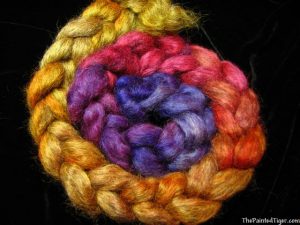 It is believed that Gotland sheep originated from sheep brought by the Vikings to the Swedish island of Gotland. The original Gutefår sheep were horned, with no belly wool and white markings around the eyes and nose. In the 1920s, the Gotland sheep was developed by a farmer who wished to refine the breed and saw a ram he liked being transported on a train to slaughter. He purchased the ram and started a breeding program to create a polled (no horns) sheep with a beautiful curly fleece.
It is believed that Gotland sheep originated from sheep brought by the Vikings to the Swedish island of Gotland. The original Gutefår sheep were horned, with no belly wool and white markings around the eyes and nose. In the 1920s, the Gotland sheep was developed by a farmer who wished to refine the breed and saw a ram he liked being transported on a train to slaughter. He purchased the ram and started a breeding program to create a polled (no horns) sheep with a beautiful curly fleece.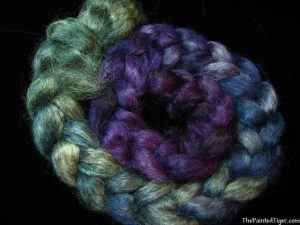 We need a few good Tips!
We need a few good Tips!